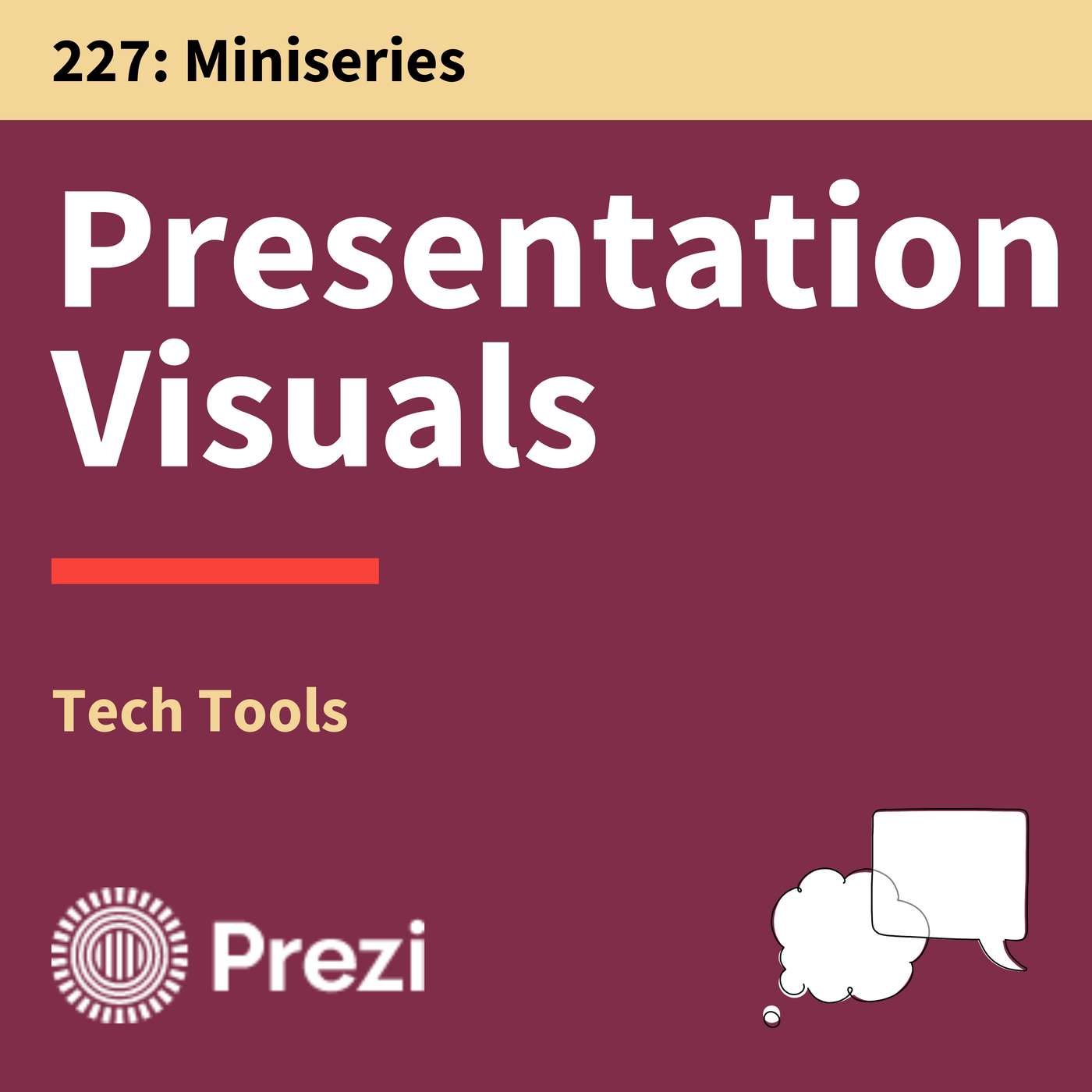How to Make Your Presentations Awesome with Visuals
The Main Idea in a Nutshell
- Using smart visuals, like telling a story on a map instead of just flipping through slides, makes your ideas much easier for people to understand and remember.
The Key Takeaways
- Your Brain Loves Maps: Our brains are great at remembering places. If you arrange your ideas visually in a space (like rooms in a house), your audience will remember them way better. This trick is called a "memory palace."
- Pictures for Big Ideas: Use simple images or metaphors to explain complicated stuff. For example, using a picture of an iceberg can show that there's a huge, hidden part to a problem that people don't see at first.
- Don't Overdo It: You don't need a picture for every single point. In fact, the CEO of Prezi says he doesn't use a lot of visuals. Use them for your main points, but don't clutter your presentation, because people can't read and listen at the same time.
- Presentations Can Be an Adventure: Instead of a straight line from beginning to end, think of your presentation as an open map or "canvas." This lets you jump to the parts your audience is most curious about, turning a boring lecture into a fun conversation.
- Fun Facts & Key Numbers:
- Fact: The "memory palace" idea isn't new. People have been using this technique to remember things since around 500 BC!
Important Quotes, Explained
Quote: "> people remember and retain information very well when presented spatially."
- What it Means: "Spatially" just means related to space or a location. So, this is saying that our brains are wired to remember information when it's laid out like a map or a physical space we can imagine walking through.
- Why it Matters: This is the secret sauce for making your ideas stick. If you can make your audience see the journey of your ideas in their mind, they won't forget your message a few minutes after you're done talking.
Quote: "> we aren't actually good at reading and listening at the same time. So if you want to talk, put a visual instead."
- What it Means: Your brain gets confused when it has to process words you're reading on a screen and different words it's hearing from a speaker. So, if you're going to be talking, use a simple picture that supports your point instead of a slide full of text.
- Why it Matters: This is a golden rule for any presentation. It explains why you should never just read your slides out loud. Your visuals should help your audience, not compete with your voice for their attention.
The Main Arguments (The 'Why')
- First, the speaker argues that our brains are naturally good at remembering locations. By creating a visual "map" for your ideas (the memory palace), you tap into this natural skill and make your information much more memorable.
- Next, he explains that for complex topics, a simple visual metaphor (like an iceberg or the roots of a tree) can help people understand a big idea quickly without you having to "dumb it down."
- Finally, he points out that presentations that aren't a rigid, straight line are more engaging. When you can jump around an "open canvas" of ideas, it feels more like a conversation and allows you to focus on what the audience is most interested in.
Questions to Make You Think
Q: Why is a "memory palace" better than just trying to memorize a list of facts for a test?
- A: The text says it works because it uses a part of your brain that's already strong: your sense of location. Instead of just memorizing boring facts, you're attaching them to a visual journey (like walking through your house), which makes them much easier to recall later.
Q: Does this mean I should put a picture on every single slide for my next school project?
- A: Definitely not. The text makes it clear that less is more. The goal is to use visuals to highlight your most important points or to simplify a complex idea. If you have too many visuals, or a slide full of text, you'll just distract your audience because their brains can't read and listen at the same time.
Q: How can AI help me make a better presentation if I'm not good at design?
- A: According to the text, AI can act like a "designer by your side." It can help you get started by suggesting story ideas, finding good images for you, and organizing your thoughts. It makes the whole process less scary and more accessible for everyone.
Why This Matters & What's Next
- Why You Should Care: This is super helpful for any presentation you have to give in school. Instead of making your classmates fall asleep with boring slides, you can use these tricks to create something that's actually interesting, clear, and memorable. It’s a skill that will make you stand out in school, college, and any job you have in the future.
- Learn More: Search "Best Prezi Examples" on YouTube. This will show you exactly what a non-linear, "open canvas" presentation looks like in action. You'll see how presenters zoom around their ideas to tell a story in a really cool, visual way.

